I love this idea of taking images and altering them, to give them either more or a different meaning. I think this technique could be an effective way to capture the irony of 'Yeah! Oh Yeah' in relation to love and the expectations that come with that kind of relationship. The song depicts the breakdown of a relationship, but the tone, pace and overall sound do not capture the hurt that I would expect of this type of breakdown. It is as if their relationship has broken down and they are almost happy to watch it crumble, the 'Yeah! Oh Yeah' that is repeated throughout seems to me an admission of the breakdown, without the usual desire to stop it or try to save the relationship. This makes the song, in my eyes, a kind of 'anti-love song' - it appears nonchalant about such a sad occurrence as the break-up of a marriage and the threat of 'killing your wife'. To capture this irony, I thought about using found images of iconic lovers, perhaps doomed ones, who encapsulate the passion and hurt that would be expected in this situation, and deconstructing them in a similar way to these pieces - letting the lyrics of the song eat away at true, enduring love, as the narrators of the song have let problems eat away at their love.
Taking the title of the album literally, and having a bit of fun with it. I like the idea of interactivity - something for the consumer to do as opposed to just opening a simple jewel case and being done with it.
I really loved this one... It completely confused me when I first opened the box, I assumed my friend had lent me the wrong disc - a pirate copy. After putting the DVD in and finding that it was legitimate, I thought about it for a while and finally caught on that the disc is supposed to represent the disc in the story, on which Salander records the rape. I like design that doesn't treat the consumer like an idiot (although at first I was!), that assumes some intelligence or that relies on some prior knowledge of the subject in order to 'get it', I think this makes the consumer feel more involved with what they are purchasing than they ever could be if they were simply downloading the file from the web.
A 'rough' guide, I see what they did there! A lot of the best examples are things that click straight away, give the consumer some wit (for a change) and make the product look interesting, really really simply.

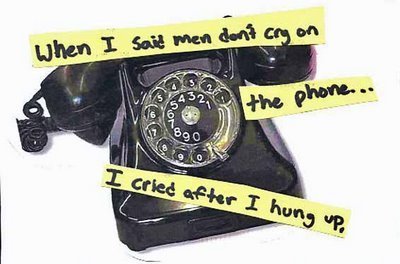
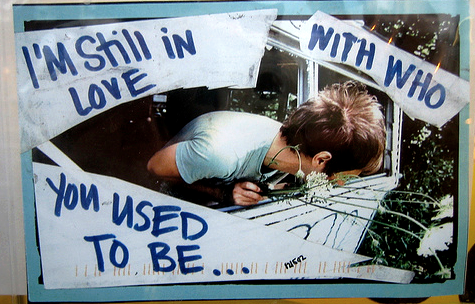


















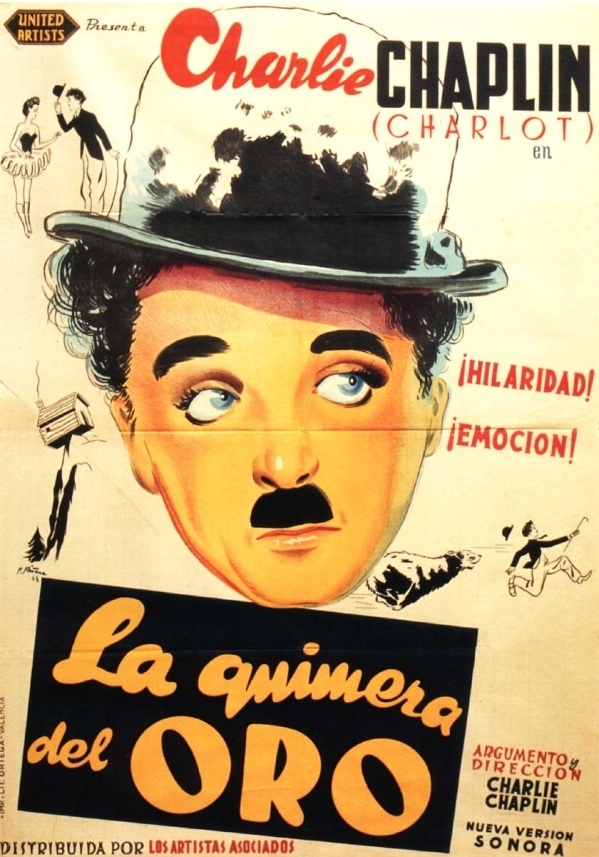




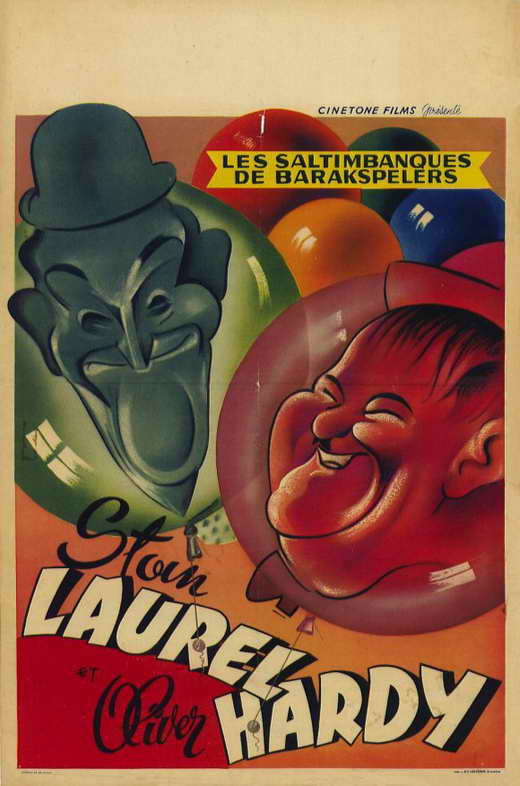

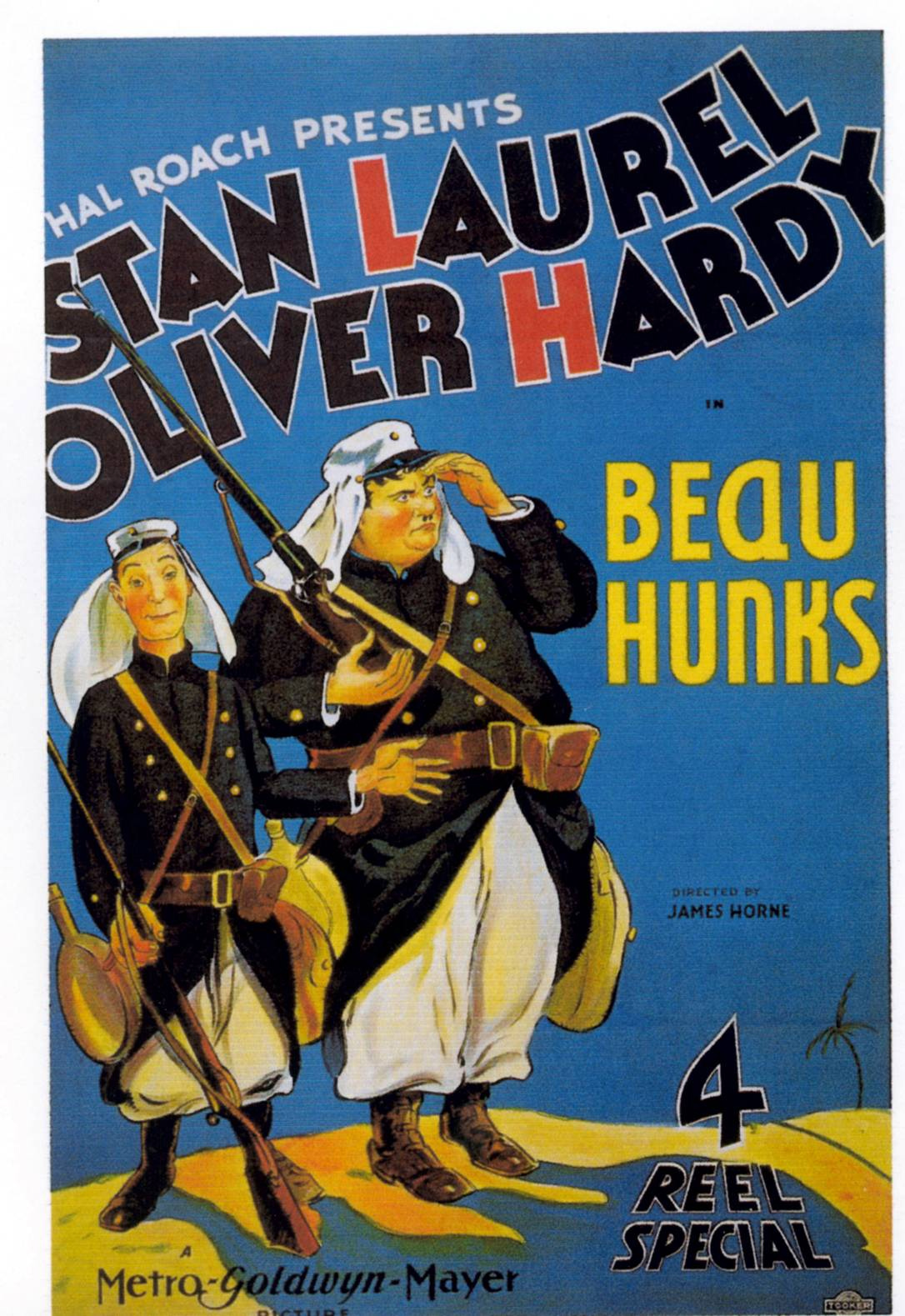
























- Follow Us on Twitter!
- "Join Us on Facebook!
- RSS
Contact